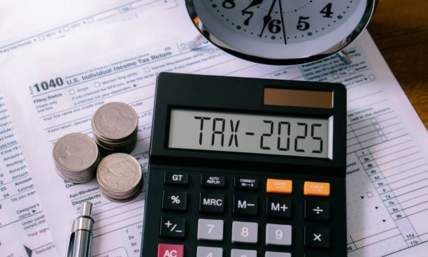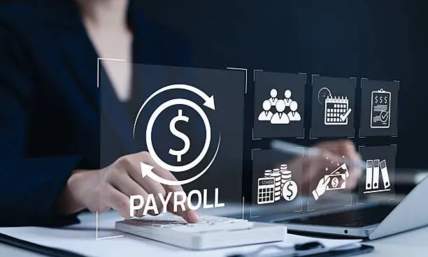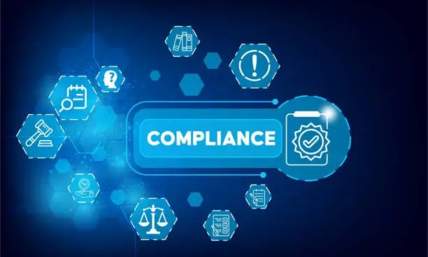What Are Assets, Liability, and Equity? - The Full Guide
You may determine the company's worth by analyzing its present obligations, assets, and equity. These phrases are frequently seen on a company's balance sheet, which breaks down the number of assets possessed, as well as the shareholder's equity and the company's obligations.
What Are Assets
Assets are anything that a corporation owns. This does not necessarily suggest that the corporation owns such items; rather, it just means that they have them in their possession. A balance sheet is often divided into two columns, with assets listed in order of liquidity in the left column.
Anything that can be quickly liquidated is at the top of the balance sheet's asset list. Cash and cash equivalents are included.
These monetary sums are frequently followed by assets due to the corporation but not yet in its possession. Consider accounts receivable, where unpaid invoices and payments will be converted to cash in the following months. Any assets that may be converted into cash within a year are considered current assets.
Property, Plant, and Equipment are at the bottom of the asset list. These are the assets of the corporation that would be difficult to liquidate rapidly. For example, you may have many delivery cars in your possession. If you need to sell them, you'll have to put in some effort.
The reason assets are classified according to how readily they may be liquidated is to demonstrate to anyone interested in your books and how capable you are of repaying debts and liabilities. If all of your assets are locked up in property and equipment and you have very little cash on hand, this might indicate an issue with cash flow.
Also read: Make Money While In College

Different Types of Assets
Fixed Assets
Fixed assets, also known as hard assets or long-term assets, can take a long time to produce cash value and are typically deemed low-liquidity, which means they cannot be sold fast at their intended value. Buildings, land, furniture, and any other sort of asset that is not meant to be sold within the year are examples of fixed assets.
Current Assets
Current assets are liquid assets and can be immediately sold and converted into currency. Cash, stocks, bonds, mutual funds, and other marketable securities are the most liquid current assets, which means they can be traded easily and fast without impacting their price. Cash, inventory, accounts receivable, and prepaid costs are examples of current assets for firms.
Tangible Assets
Palpable assets are actual property that is physically tangible and is typically in the owner's hands, such as merchandise, real estate, machinery, cash, or furniture. The majority of tangible assets are also classified as current assets.
Intangible Assets
Intangible assets are products or goods that exist in theory rather than in reality. Permits, intellectual property, patents, brand reputation, and trademarks are examples of intangible assets, the value of which is increased via effective usage.
Operating Assets
Operating assets are any assets that create money and aid in the maintenance of workflow through day-to-day company operations. Copyrights, licences, inventories, and machinery are examples of functioning assets.

Non-operating Assets
Non-operating assets are objects owned by a firm that create money but are not required for day-to-day operations, such as unoccupied property or short-term investments.
Also read: Is Debt Management Important?
What Are Liabilities
Liability, in general, refers to the state of being accountable for anything, and it can relate to any money or service owing to another person. For example, tax responsibility might relate to property taxes owed to the municipal government or income taxes owed to the federal government.
Liabilities include everything owed to third parties by the firm. Consider your accounts payable and credit card balances. This might potentially involve liabilities or advantages from health insurance. This is the component of the business that you do not own entirely, thus you must pay someone else.
Using your credit card statement as an example, suppose you bought something with your card that you now own—an asset. Just because you have that asset does not mean you own it. First and foremost, you must pay off your credit card account.
Current liabilities, like assets, are any liabilities that must be paid off within a year. Separating current liabilities from long-term liabilities such as loans and other long-term debt enables business owners to prepare for short-term commitments more efficiently.
In general, a liability is an unfinished or unpaid commitment between two parties. A financial liability is also an obligation in the world of accounting, but it is more defined by prior business transactions, events, sales, exchange of goods or services, or anything that might offer economic gain at a later period.
Current obligations are often regarded short-term (due in 12 months or less) and non-current liabilities are considered long-term (12 months or greater).
Also read: Budget For A Small Business
What Is Equity
The assets that the firm owns outright are represented by equity. The owner's equity is what remains after you sell all of your assets and pay off all of your creditors.
It displays retained earnings as well as common stock information if the firm is publicly listed. It is the inverse of liabilities in that it tells you what is yours to maintain as a firm.
There is no such thing as a perfect balance of obligations and equity. It might be determined by the sort of business you're starting or the stage you're at.
Startups with investment may have a lot of cash, but they also tend to spend a lot of it, increasing their liabilities in the sake of future growth and long-term equity. Small firms seeking consistent development, on the other hand, may pay special attention to their financial holdings and retained earnings in order to plan for future large expenditures.
Also read: What Does A Controller Do?

Summary
That is a basic explanation of assets, liabilities, and equity. It is important to understand this because the accounting equation defines the link between a company's assets, liabilities, and capital, and it is vital to the use of double-entry bookkeeping, in which every transaction has a twofold effect on the financial statements.
Accounting teams may easily check transactions using the equation. Whether the equation is wrong, it is time to go through the financial records to see if any transactions were reported erroneously.
If you haven't got the most efficient way to produce pay stubs, then check out our pay stub maker today. So simple and convenient!
Also read: Pay Yourself When You Have An LLC















